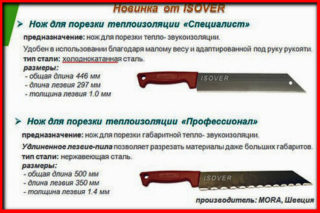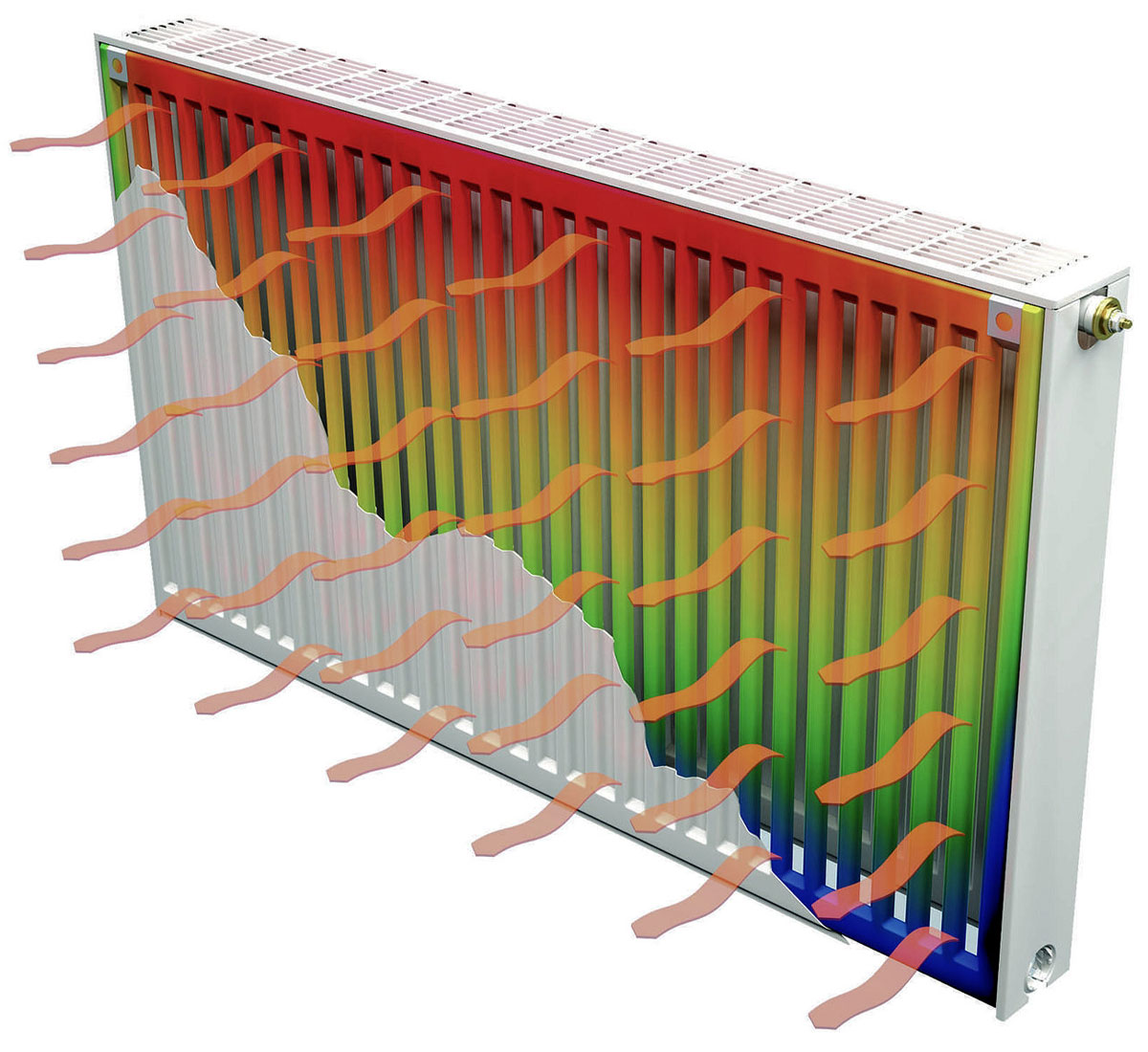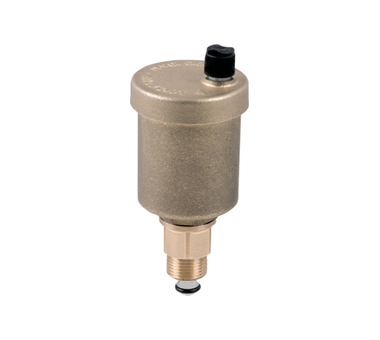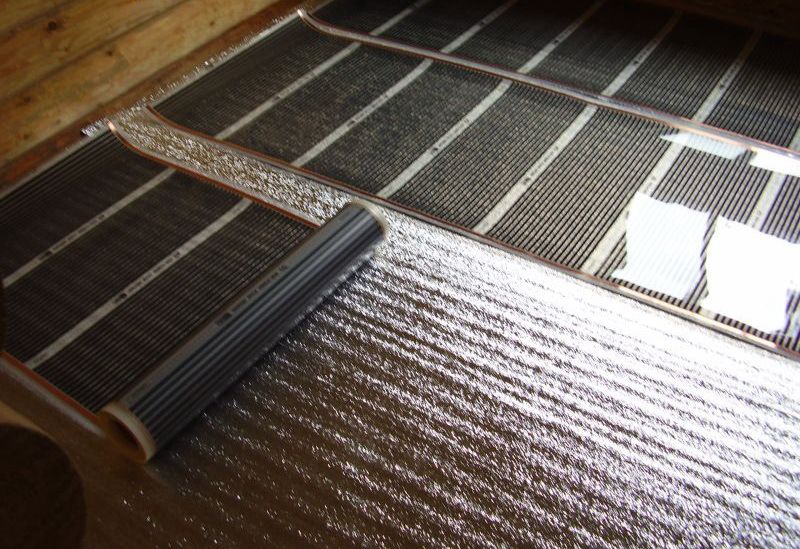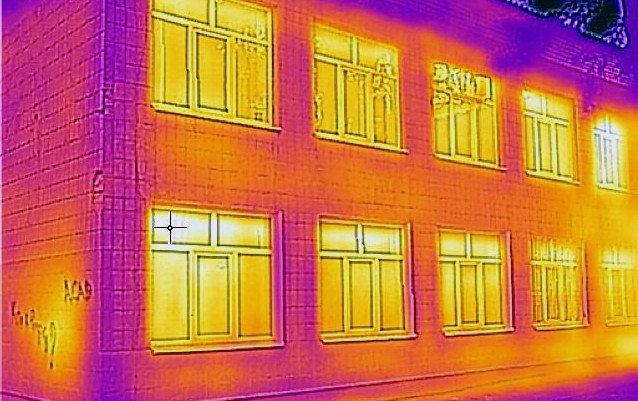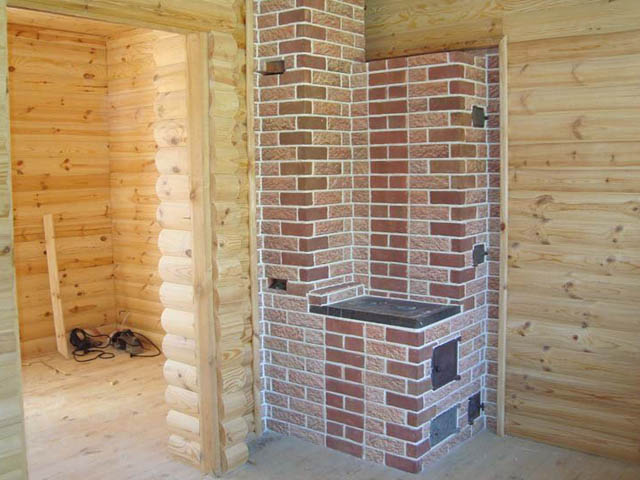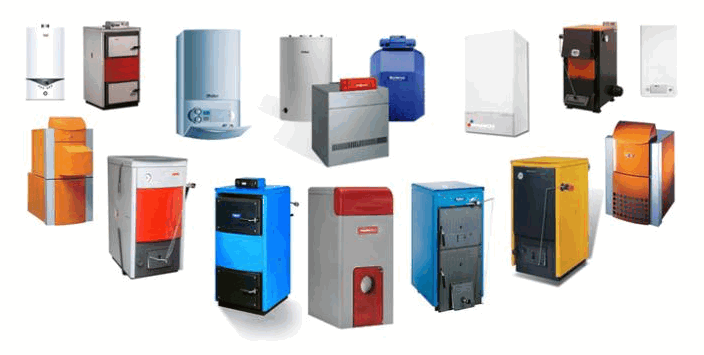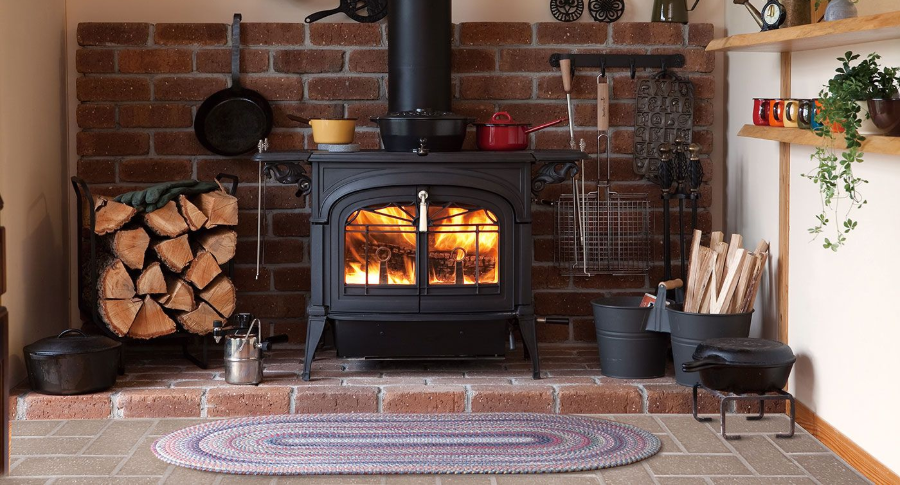When preparing for work on thermal insulation, it is necessary to select the appropriate tool in advance. A high-quality knife for cutting insulation is able to significantly speed up the process and cut the material as smoothly and quickly as possible. The choice depends on the characteristics and properties of the insulation, in addition to this, it is worthwhile to familiarize yourself with the safety rules in advance and study the available types of equipment.
Characteristics and properties of insulation
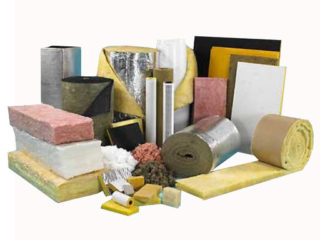
There are a large number of different options for insulation materials on the market, which are divided into two main types. Reflective insulation reduces heat consumption by reducing infrared radiation, and is a heater with a low thermal conductivity coefficient. Heaters of the second type can be organic, inorganic or mixed.
Organic materials are made from wood concrete, PPVC, chipboard, DVIP, polyurethane foam, expanded polystyrene, ecowool or penoizol. The list of inorganic heat insulators includes mineral, ceramic and glass wool. The most famous reflective insulation is made of polished aluminum and polyethylene foam, examples are Armofol, Penofol, Porileks and Ekofol.
Cutting Tools
Mounting knife
An assembly knife for cutting expanded polystyrene and other materials is considered one of the most difficult tools. It can be used to cut polystyrene, mineral wool, penoplex and any other insulation. It should be borne in mind that when working with foam, it can leave cracks, chips and other defects.
Hacksaw for wood or metal
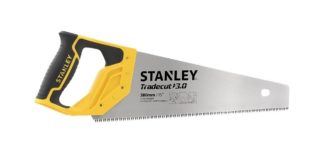
You can also cut styrofoam or polystyrene with a simple hacksaw, which should have fine teeth and sharpening. Only such a tool will be able to easily separate the material without damage.
Kitchen knife for bread
If it is not possible to purchase a professional knife for cutting insulation, you can use the standard kitchen version, which is used to cut bread. It must be borne in mind that it must be sharpened well.
Specialized knives
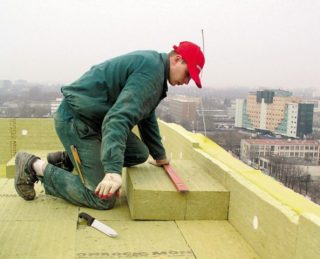
Professional grade tools such as electrical ones can cut any material. During their operation, it is worth following the instructions and safety rules, as well as taking into account the type of insulation.
Insulation cutting knife
A knife for standard glass wool and other materials should be selected based on the blade type. The most popular are those with blades in carbon steel or stainless steel.
A knife with a stainless steel blade is used for working with mineral wool of any level. Its blade is equipped with large and small teeth, due to the convenient blade it fits well inside the plate and makes it possible to make even curly cuts thanks to the sharp tip.
Tools with a carbon steel blade are of the highest quality and can be sharpened effortlessly. Such a knife must be carefully looked after, since it can become covered with rust - it is good to wipe it off and smear it with a special agent after use.
Safe working environment
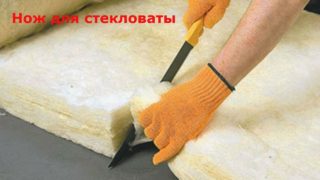
When choosing a hacksaw for standard polystyrene foam or a knife for mineral wool insulation, you must remember the safety rules so that the cutting work is carried out in a short time and at a sufficiently high level.
- the insulation is cut in cold weather, since for such work you need a special protective suit made of dense material, which prevents the skin from contacting with mineral wool;
- hands should be protected with durable gloves with rubber or silicone dusting;
- eyes are protected with specialized glasses, respiratory organs with a durable respirator;
- working with any type of material, be sure to take breaks and periodically ventilate the room.
Protection is necessary when working with mineral wool and other types of insulation, which consist of multi-layer materials. During the operation of the thermal knife for polystyrene or expanded polystyrene, particles of insulation can get into the eyes or respiratory tract.
Scraps and residues of insulation after cutting
During insulation during the period of working with mineral wool and other materials, scraps often remain, which are advisable to use for insulating sheds and garages. This is a fairly budgetary way of thermal insulation. Waste is also recycled to be reused. In this case, the remnants of insulation must be crushed using special equipment. They can be used to insulate ceilings and walls, or sold at low cost to those looking for an inexpensive option for insulation.
Popular knife makers
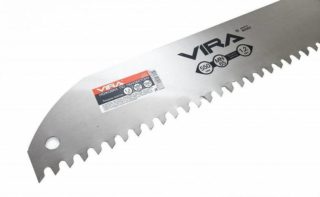
To avoid problems during operation, you should purchase a knife for mineral wool and other materials only from trusted manufacturers. Their list includes the MORA brand, which produces tools for glass and stone mineral wool. Their blades are made of cold-rolled stainless steel and are well serrated.
Options from the ISOVER brand are no less popular, including the Specialist and Professional models, suitable for cutting heat and sound insulation materials. They are lightweight and feature specially adapted handles. The extended blades of these models up to 297-350 mm help to cut even large-sized materials of any type.
It is possible to insulate the premises with high quality only with the help of professional tools. A cutter for any polystyrene foam or a knife for mineral wool must be made of the most durable and convenient materials and meet quality standards.

